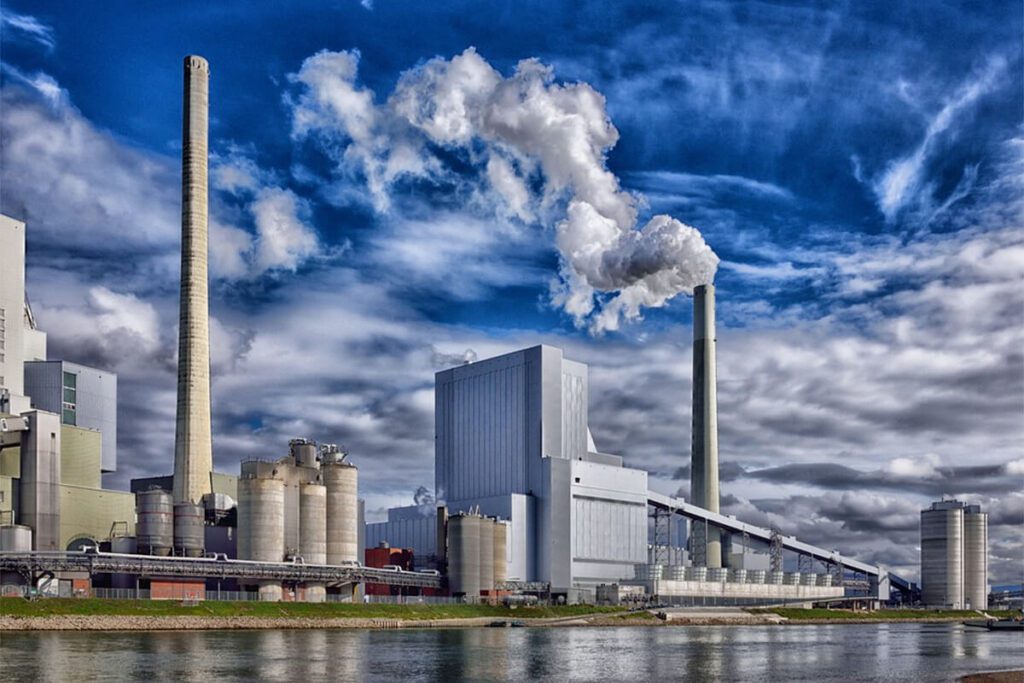

In July 2018, the BBC broadcasted the death of a nine-year-old girl, Ella Kissi-Debrah, in the city of London. According to reports, her death showed a direct connection with the local air pollution which exceeded the European Union legal limits. She lived in a locality that touched several major highways and where the air was noxious.
There are many such incidents taking place around the world – some being noticed and some left unheard. A report from the WHO reveals that today 92% of the world’s population is living in areas where air pollution levels have breached WHO limits.
Air pollution has been a grave concern for decades. Several smart cities have been trying to overcome the problem. But it often looks impossible for cities to meet high air quality standards. Nevertheless, the good news is that even such complicated matters can be solved by simpler solutions. We are seeing a number of cities making noteworthy strides by implementing simple measures to improve their air quality. This and more as a solution is discussed ahead!
First Nonattainment Area To Touch The Air Quality Standard
In 2018, Columbus, Ohio was designated as a nonattainment metropolitan area in the US. A nonattainment area in the US is a place with air quality worse than the National Ambient Air Quality Standards (NAAQS). This is as outlined in the Clean Air Act Amendments of 1970.
However, recently, Columbus became the first nonattainment area in the country to meet the 2015 NAAQS for ground-level ozone pollution. Continuous monitoring for three years by the US EPA and Ohio EPA for ground-level ozone show that the region now meets the NAAQS. The air quality has improved to an extent which obeys other federal standards established to protect public health.
The formal approval also followed a public comment process. Moreover, the EPA has also approved Ohio’s plan to ensure that the area continues to meet the ozone standards.
As stated by Cathy Stepp, the regional administrator, the achievement of Columbus is the result of the cooperative partnership between the US EPA, the state of Ohio, local government bodies, the city and the industry.
Many federal regulations related to fuel standards and vehicle emission standards helped in reducing emissions. In addition, the increased use of public transportation and investment in clean energy has been given credit.
Now, the area including Delaware, Fairfield, Franklin, and Licking Counties will no longer have to follow air pollution-related restrictions. It is even freed from the economic penalties involved.
Furthermore, EPA is also working on making efforts in the opportunity zones as and when possible. In Columbus, multiple census plots have been designated as federal opportunity zones. Opportunity zones are hard-pressed communities where new investment (under certain conditions) may be eligible for the preferential tax treatment.
The National Condition
Between 2000 and 2017, the concentration of ground-level ozone in the US has reduced by 17%. A substantial decrease has also been realised in all other air pollutants regulated under NAAQS. These include carbon monoxide, nitrogen dioxide, lead, sulphur dioxide and particulate matter. Constant management of air quality and control strategies applied at every level lead to achievement.
Equator Emissions Matter The Most
Many of us might be under the impression that cities that emit the most will have to suffer the most. However, a 2016 study in Nature Geoscience suggests something contrary to this. It reveals that even if China and the US are the biggest contributors to emissions, the greater threat comes from smaller polluters near the equator. In other words, where pollution is being emitted is more important than how much the world is polluting overall.
Going further, the author concludes nations in South, East, and Southeast Asia may be having a greater impact on their northern and southern neighbours. This is true even if they emit less pollution as a whole.
The core element of the finding is based on how the ozone is created from emissions. The greenhouse gases get created when sunlight comes in contact with air pollutants. These include the pollutants from vehicles and factories like nitrogen oxides (NOx) and volatile organic compounds (VOCs).
Ozone in the upper layer of the atmosphere is protecting us from harmful UV rays. But what is making cities more unbreathable is the ground-level ozone pollution. NOx and VOCs react with the sunlight in our immediate environment and result in ground-level ozone pollution. Electric utilities, motor vehicle exhaust, chemical solvents, and industrial facilities are some of the major sources of NOx and VOCs.
West, a co-author of the study who is also an environmental scientist at the University of North Carolina said that since 1980 the emissions have increased globally. But at the same time, they have also shifted towards the equator.
He has known for a long time that emissions near the equator have a greater effect on ozone production – compared to those farther north or south. The main reason for this is that the temperature is warmer at the equator and the sunlight is more intense. He was surprised to know that location is far from the most significant factor.
Although the study does not include data beyond 2010 it reveals certain important facts. Such as tropical countries like Africa and Latin America have experienced rapid urban growth and they may play a vital role if their emission levels keep rising.
Citizens Are Role Player – Study Finds


A study from the Global Centre for Clean Air Research (GCARE) at the University of Surrey reveals that citizens can help improve air quality in their immediate environment. The research was published in the journal ‘Sustainable Cities and Society’.
Clearly it suggested that people should be encouraged to work in cooperation with researchers to recognise problems pertaining to air pollution.
According to professor Prashant Kumar, director of GCARE, until now the role of citizens has been limited to monitoring the environment and spreading the awareness at the local level. Whereas tasks like designing, planning and analysis of research were managed by scientists.
Further, he continues saying we have found that if local residents participate in scientific research they obtain knowledge that can have a direct effect on their daily activities.
Therefore, citizens should be embraced as partners instead of treating them as participants. Conducting seminars and establishing a dialogue between researchers, citizens and policymakers can be helpful. In addition, citizens should also be encouraged to debate research with each other.
The benefit of involving citizens has been proven. In this study, scientists monitored citizens’ perception of their exposure to air pollution by using questionnaires and interactive puzzles. They enabled them to carry out air monitoring studies at the individual level by providing them with low-cost sensors.
The result was that citizens were able to create carefully thought investigations in detail. They looked into issues such as how the air quality inside their homes altered at different times of the day. Besides, they also focused on how traffic jams deteriorate air quality in the residential area located in the vicinity.
With this, the scientists concluded that involving citizens in air quality monitoring can improve collaboration between researchers and their local communities. Such initiatives in smart cities not just help increase action against air pollution but also let people be aware of what exactly is happening around. Such work marks a robust collaborative all-around effort between citizens, public authorities and researchers against pollution.



































